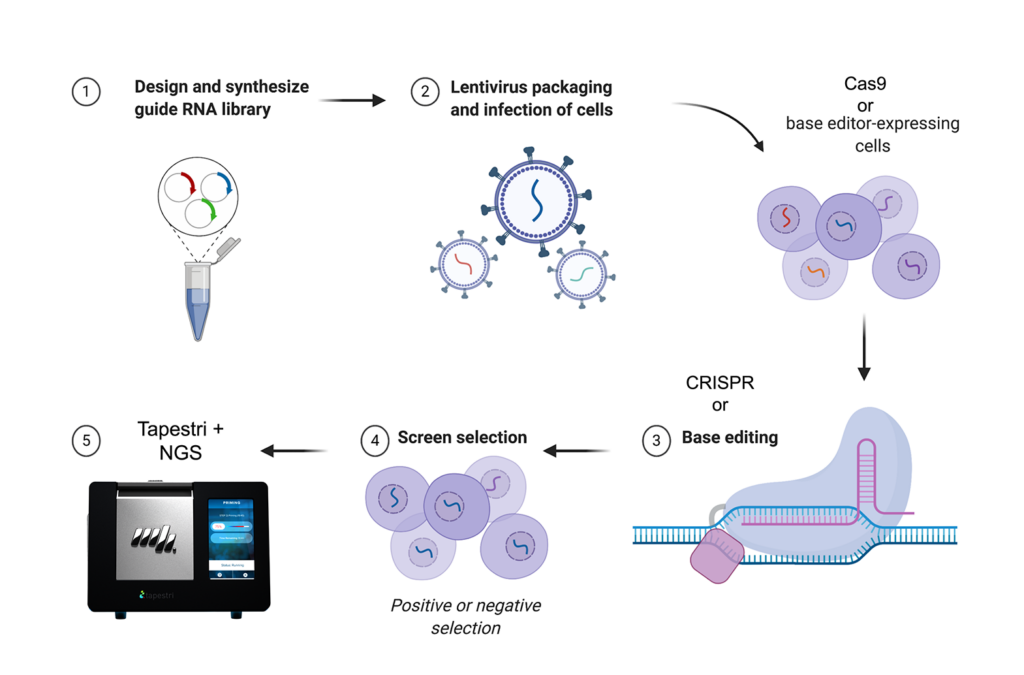The world of genome engineering is evolving at a rapid pace, and at the forefront of this revolution is CRISPR genome editing. In a recent webinar collaboration between Synthego Corp and Mission Bio, experts Travis Hardcastle and Brittany Enzmann delved into the revolutionary potential of CRISPR, its challenges, and cutting-edge solutions for precision editing and single-cell analysis.
The Power and Complexity of CRISPR
CRISPR technology has undeniably transformed genetic research and is ushering in a new era of cell and gene-based therapeutics, including the recently FDA-approved Casgevy drug to target Sickle Disease. However, the power of CRISPR comes hand-in-hand with a complex challenge – the inherent heterogeneity in editing outcomes. This variability can pose a significant hurdle for researchers aiming to achieve consistent and reliable results, and may implicate potential safety concerns for gene-editing based therapies.
Synthego’s Eclipse Platform Delivers Reproducible Edits
As the Product Director at Synthego, Travis Hardcastle provided valuable insights into addressing the challenges of CRISPR editing, covering various strategies of delivering CRISPR edits into cells. He highlighted the capabilities of Synthego’s Eclipse platform, which enables automated gene editing for the generation of reproducible results. This automation not only streamlines the editing process but also enhances the reliability and consistency of outcomes, helping overcome CRISPR variability.

CRISPR-edited cells can be used to study genetic disorders. Cell-based disease models can inform patient stratification in clinical trials
The Tapestri Single-cell Genome Editing Solution Tackles CRISPR Heterogeneity
Brittany Enzmann PhD, Product Manager at Mission Bio, shed light on the intricacies of CRISPR outcomes, including on- and off-target edits, as well as co-occurrence and zygosity of edit outcomes. She introduced a novel single-cell assay developed for the Tapestri Platform, providing researchers with the ability to measure CRISPR outcomes at the individual cell level. This innovative approach allows scientists to dissect zygosity, identify co-occurrence of edits, and measure predicted off-target edits with precision.

The Tapestri Genome Editing software can analyze pools of 1000s cells with different SNVs. This can be used to assess genotype in pooled screening applications
The Cutting Edge in Cell Engineering
By combining Synthego’s and Mission Bio’s technologies, scientists can not only achieve highly efficient editing but also gain a deeper understanding of the intricate details of CRISPR outcomes at the single-cell level.
CRISPR genome editing has opened up new avenues for research and precision medicine, but the challenge of heterogeneity in editing outcomes persists. This webinar by Synthego Corp and Mission Bio showcased the latest advancements in addressing this challenge, offering researchers a powerful combination of automated gene editing and single-cell CRISPR analysis. These innovations promise to propel CRISPR technology to new heights, unlocking its full potential in the world of genetic engineering and gene-edited therapies. Watch the full webinar to learn more.










